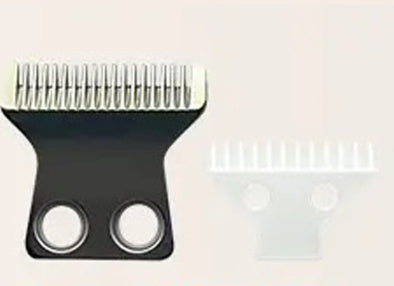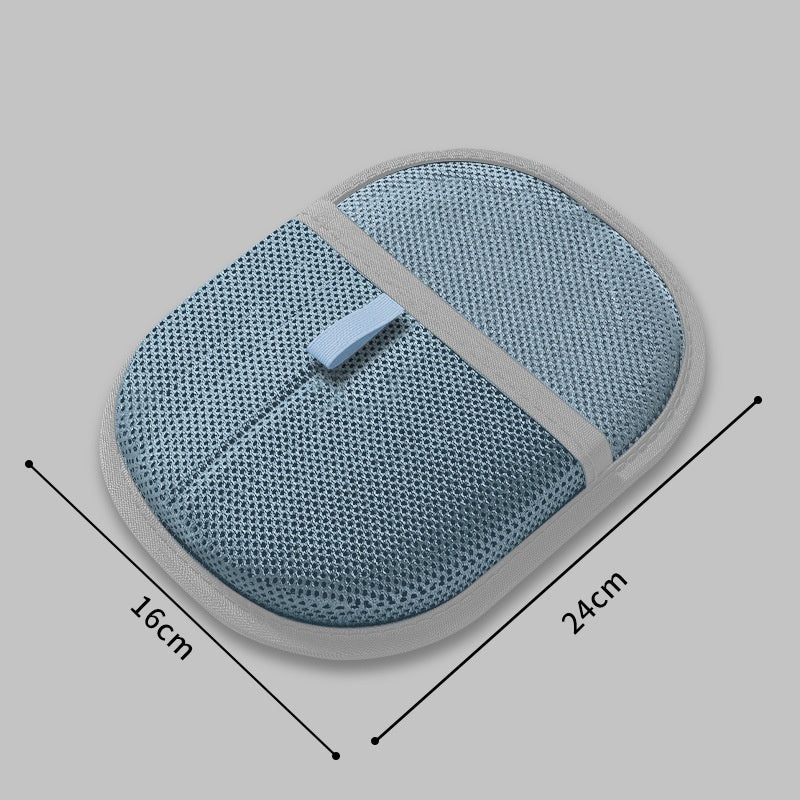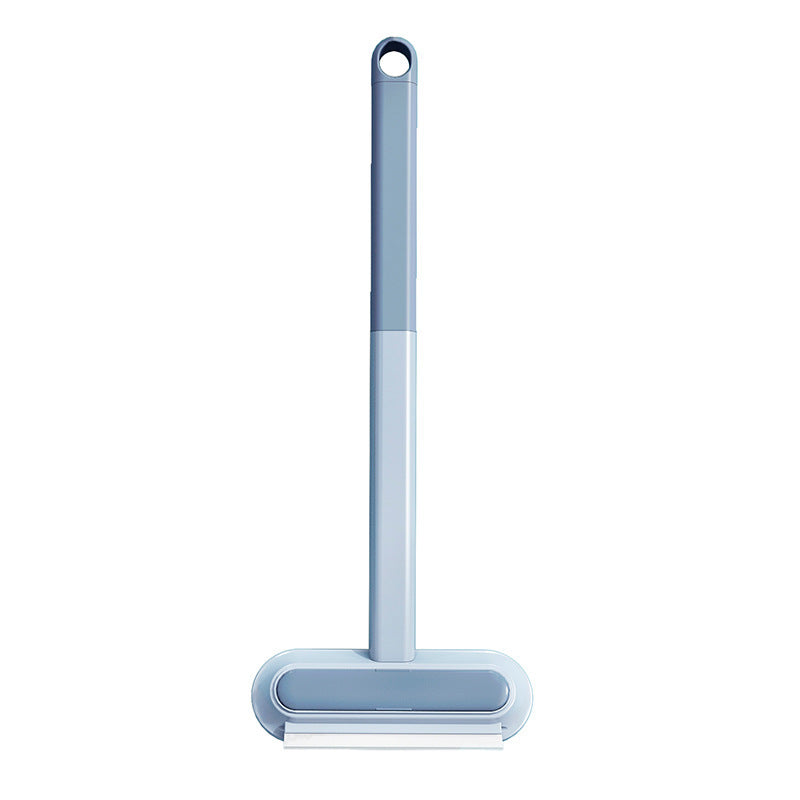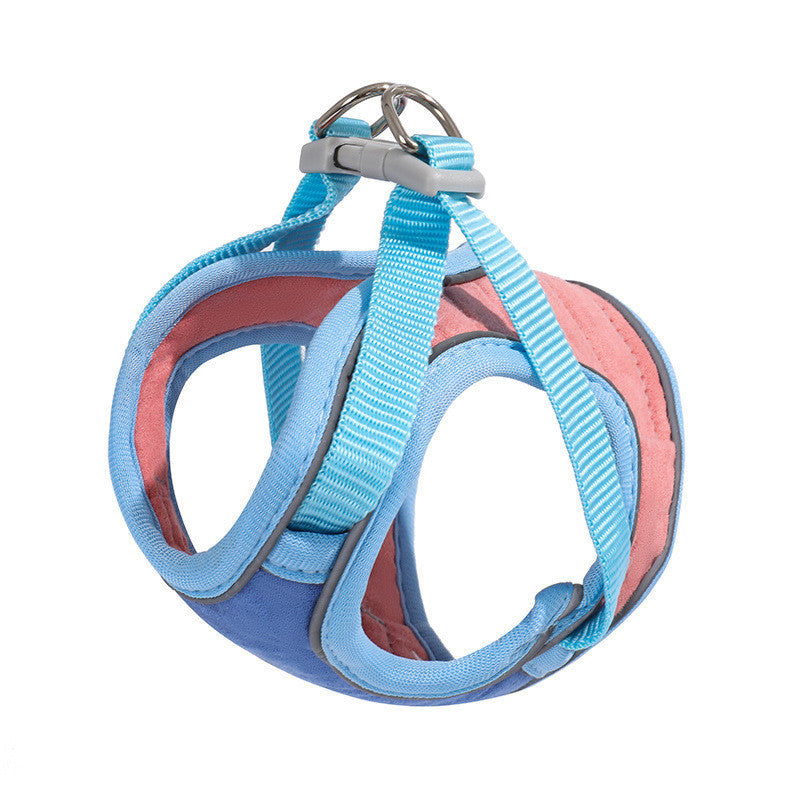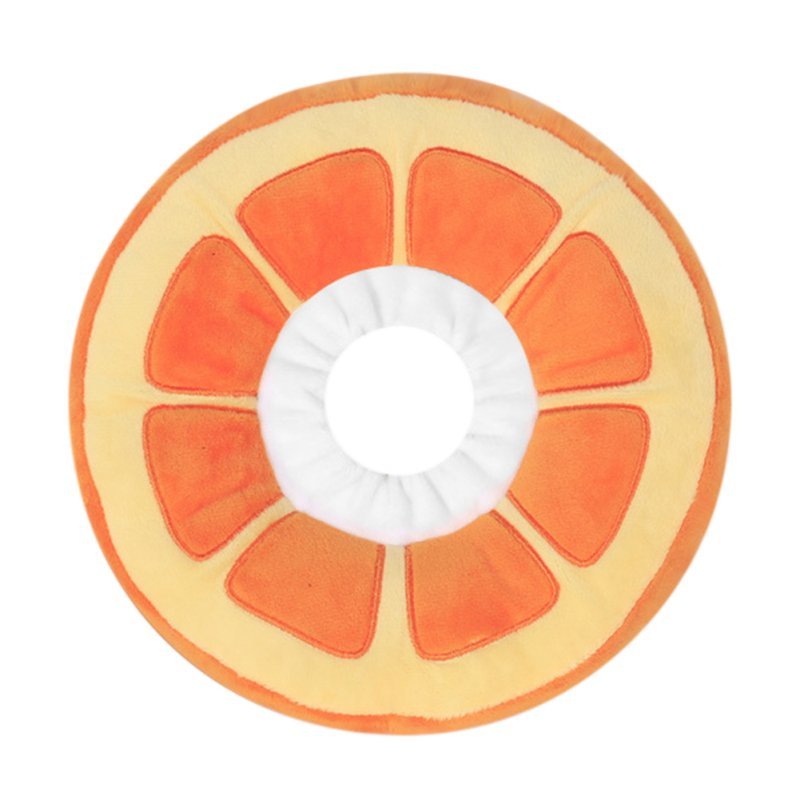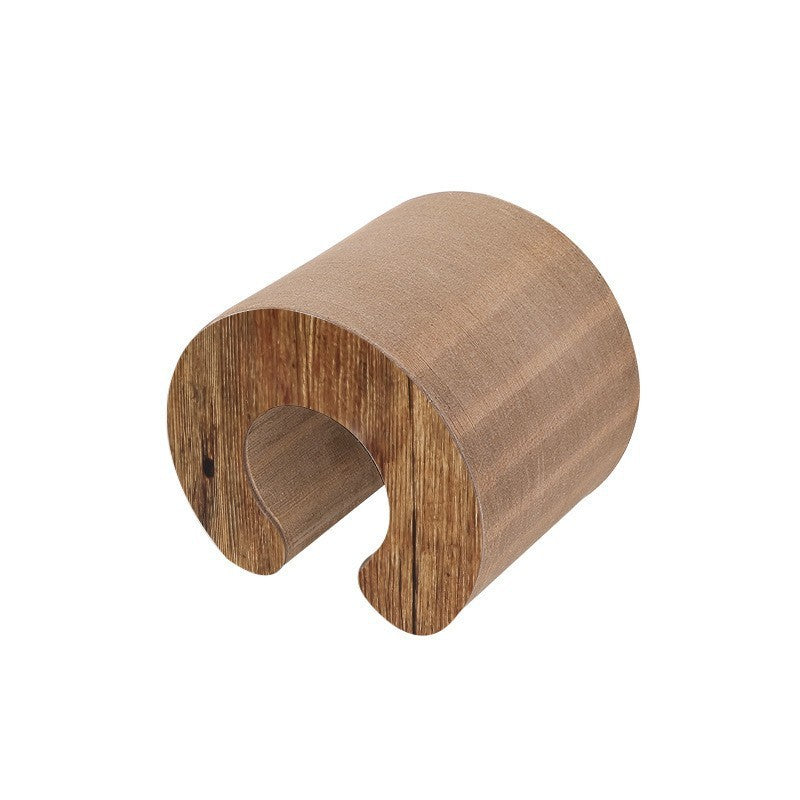Indoor cats rely entirely on their human companions to provide the mental and physical stimulation they would naturally find in the wild. Without proper enrichment, indoor cats can become bored, frustrated, and even develop behavioral problems. In this blog, we'll explore creative ways to enrich your indoor cat's environment and satisfy their natural instincts.
Vertical territory: Cats naturally seek elevated positions for safety and observation. Installing cat shelves, window perches, tall scratching posts, or multi-level cat trees satisfies this instinct while providing exercise opportunities. Strategic placement near windows offers the added benefit of "cat TV"- watching outdoor activity.
Hunting simulation: Despite domestication, cats retain strong hunting instincts. Puzzle feeders that require problem-solving to access food, treat-dispensing toys, or interactive play sessions with wand toys help satisfy these predatory drives. Rotating toys regularly prevents habituation and maintains interest.
Sensory enrichment: Introduce new scents occasionally through cat-safe plants like catnip, silver vine, or cat grass. Textural variety in scratching surfaces (sisal, cardboard, carpet) gives cats options for claw maintenance and marking behavior. Nature sounds or cat-specific videos can provide auditory and visual stimulation.
Social interaction: For many cats, quality time with their human companions represents significant enrichment. Schedule regular interactive play sessions and provide opportunities for social contact based on your cat's preferences. Some enjoy lap time, while others prefer interactive games or grooming sessions.
Vet Voice Australia and Pryde Pet Products highlight the importance of regular interactive play and grooming sessions for bonding and mental stimulation. Trick training and clicker training can also be rewarding for both cats and their owners
Exploration opportunities: Create novel experiences by introducing cardboard boxes, paper bags (handles removed), or tunnels that can be rearranged to create new configurations. Rotating furniture occasionally creates new pathways and exploration opportunities within familiar territory.
| Enrichment Type | Purpose/Example | How to Implement |
|---|---|---|
| Vertical Territory | Climbing, observation, safety | Cat shelves, window perches, cat trees near windows |
| Hunting Simulation | Satisfy predatory instincts | Puzzle feeders, treat-dispensing toys, wand toys |
| Sensory Enrichment | Olfactory, tactile, auditory/visual stimulation | Cat-safe plants, varied scratching surfaces, cat TV |
| Social Interaction | Bonding, mental stimulation | Play, grooming, trick training sessions |
| Exploration | Novelty, physical activity | Cardboard boxes, paper bags, tunnels |
The key to successful enrichment is variety and rotation. Even the most exciting toy or activity becomes boring with constant exposure. Creating an enrichment schedule that incorporates different types of stimulation throughout the week helps maintain interest and prevents habituation.
Step-by-Step Guide: Enriching Your Indoor Cat’s Environment
- Assess Your Cat’s Needs: Observe your cat’s preferences for climbing, hiding, hunting, and social interaction.
- Install Vertical Spaces: Add cat shelves, window perches, and multi-level cat trees near windows for observation and exercise.
- Simulate Hunting: Use puzzle feeders, treat-dispensing toys, and interactive wand toys. Rotate toys regularly to maintain interest.
- Provide Sensory Enrichment: Introduce cat-safe plants, varied scratching surfaces, and nature sounds or cat TV for stimulation.
- Schedule Social Interaction: Engage in regular play, grooming, or trick training sessions based on your cat’s preferences.
- Create Exploration Opportunities: Offer cardboard boxes, paper bags, and tunnels. Rearrange or rotate these items to keep the environment novel.
- Rotate Enrichment Activities: Vary the types of enrichment throughout the week to prevent boredom and habituation.
Remember that enrichment doesn't require expensive purchases; many effective solutions involve repurposing household items or spending focused time with your cat. By thoughtfully addressing your cat's need for physical activity, mental stimulation, and sensory experiences, you can create an indoor environment that supports their natural behaviours and overall wellbeing.
FAQs: Indoor Cat Enrichment
Q: Why is vertical space important for indoor cats?
A: Vertical spaces like cat shelves and window perches allow cats to climb, observe, and feel safe, as recommended by RSPCA NSW and Sustainable Pet AU.
Q: How can I satisfy my cat’s hunting instincts indoors?
A: Use puzzle feeders, treat-dispensing toys, and interactive wand toys. DIY foraging toys made from recyclables are also effective, as suggested by RSPCA Victoria and Pet Professional Guild Australia.
Q: What are some sensory enrichment ideas for indoor cats?
A: Provide cat-safe plants, varied scratching surfaces, and cat TV or nature sounds for stimulation, as recommended by RSPCA NSW and Pryde Pet Products.
Q: How important is social interaction for indoor cats?
A: Regular play, grooming, and trick training sessions are essential for bonding and mental stimulation, as highlighted by Vet Voice Australia and Pryde Pet Products.
Q: How can I keep my indoor cat’s environment interesting?
A: Rotate toys, rearrange cardboard boxes and tunnels, and occasionally change furniture placement to create new exploration opportunities, as suggested by RSPCA NSW and Vet Voice Australia.









